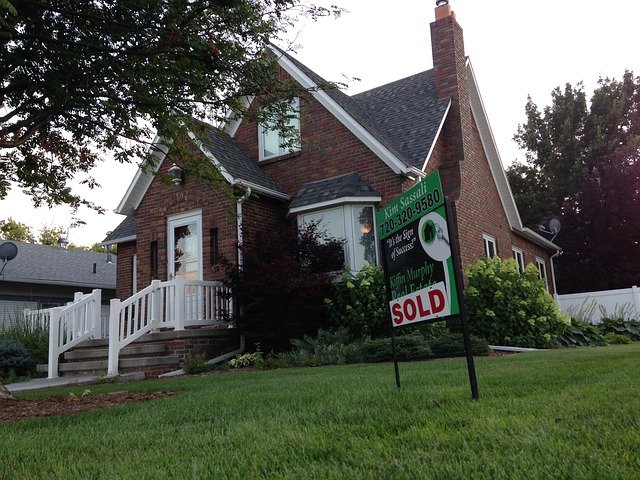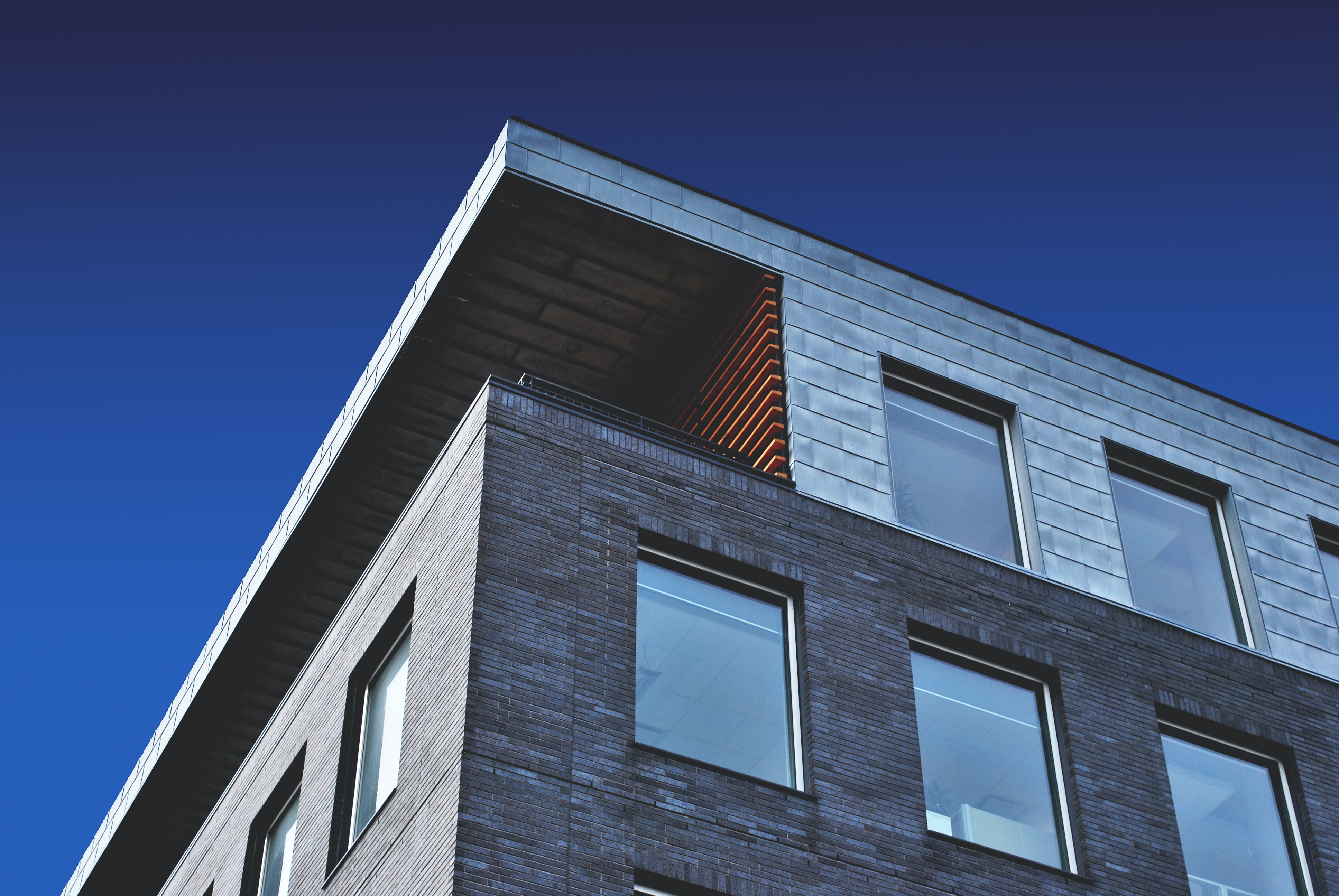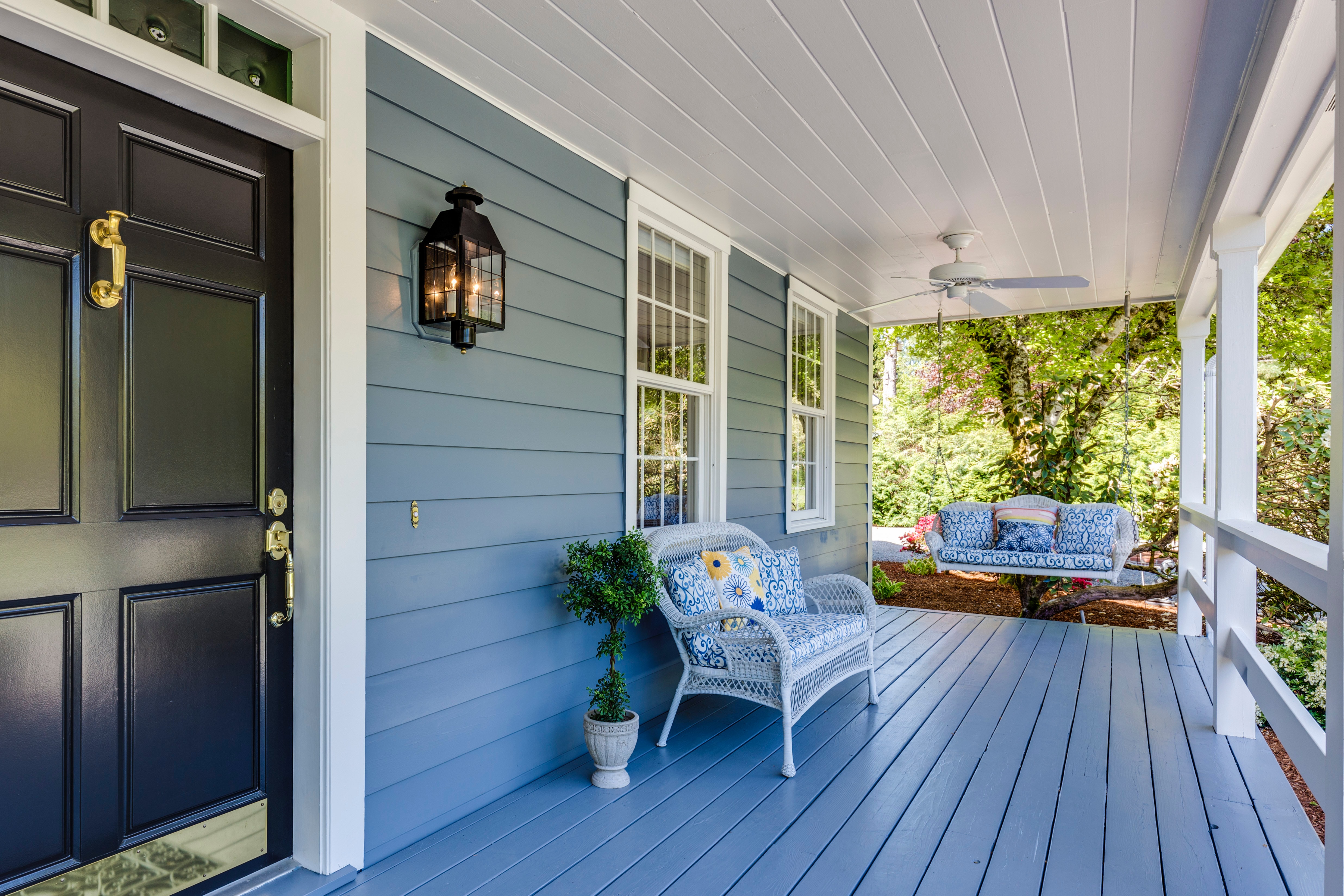what is a good cap rate for rentals
The location of the property and the return required to make it worthwhile will determine the "cap rate" at which you should purchase. You will need to assess your risk tolerance. Professionals buying commercial properties might choose to buy in high-demand, less risky areas at a 4% rate, while they would prefer a 10% cap rate in low-demand, more profitable areas. A reasonable range for earning investment property income is between 4% and 10% per annum.




